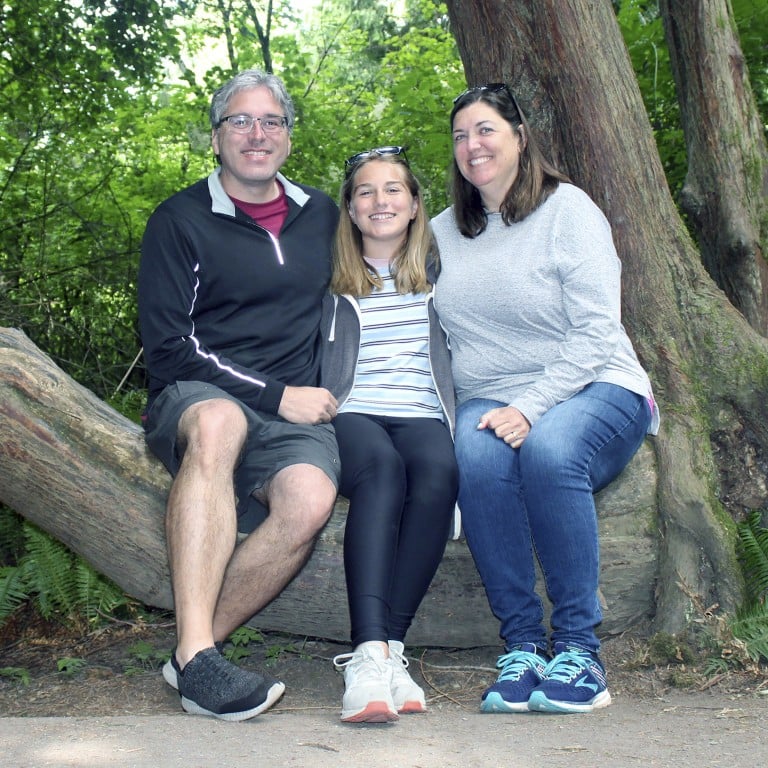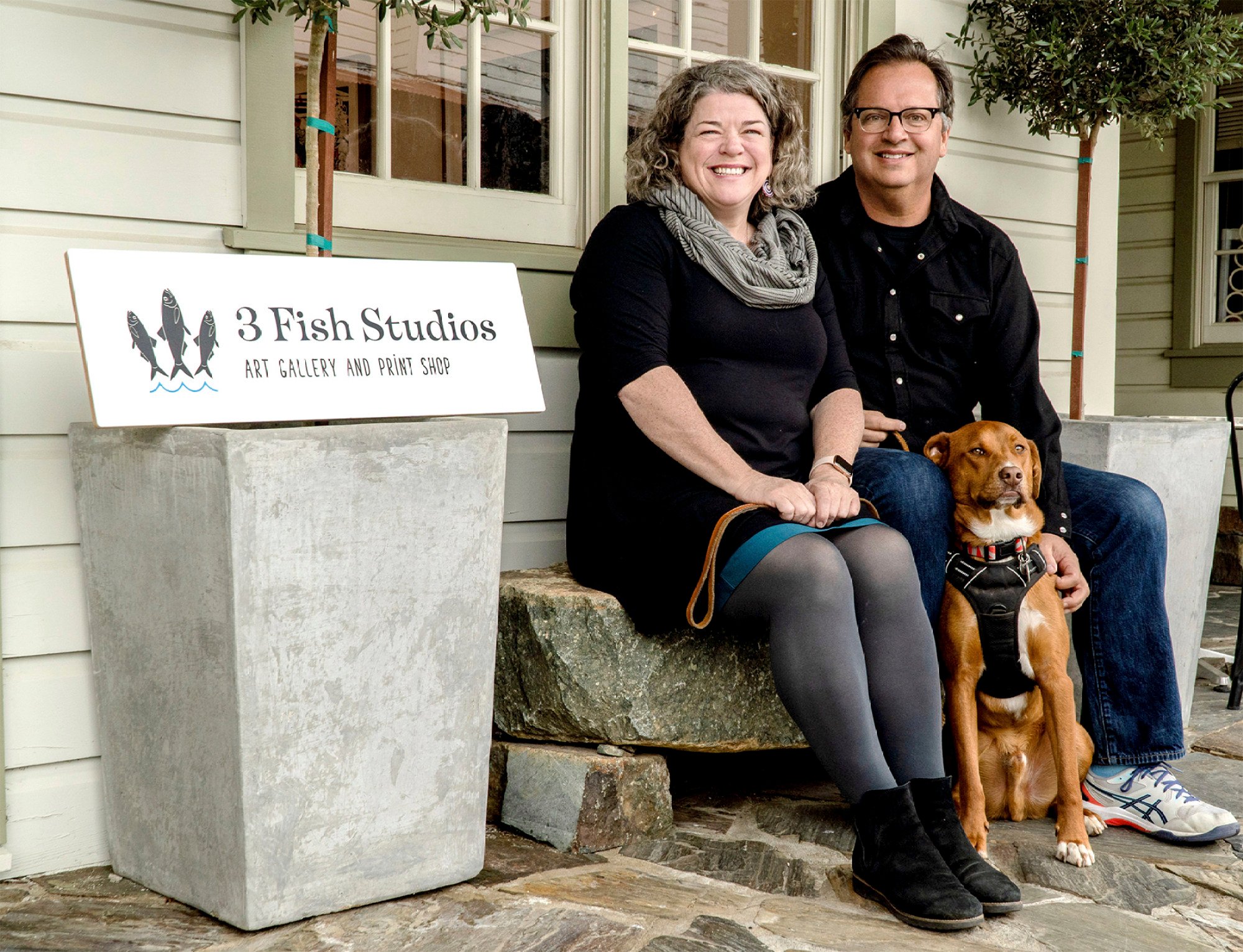
How to take an extended break from work and the health benefits, from preventing burnout to shifting perspective
- Mini-sabbaticals, adult gap years, or just gap months – extended breaks come in various guises and help staff battle exhaustion, relax and recharge
- Cost is a common obstacle for people considering a break, one expert notes, but there are creative ways around that – including housesitting or swapping homes
If you daydream about getting a break from stress, you might picture a restful week of holiday or a long weekend away. But some people opt for something bigger, finding ways to take longer or more varied time away from the routine.
Mini sabbaticals, adult gap years, or just gap months – the extended breaks range from quitting a job to taking a leave to just working remotely somewhere new to experience a different lifestyle.
It is about stepping out of the expected and recharging.

“I wish we could have done it sooner,” he said.
4-day work week in Hong Kong? Experts say firms reluctant despite Singapore move
The Kluczyks liked it so much they went the opposite direction in 2022 for another mini-sabbatical, in Portland, Maine.
She is among the leaders of The Sabbatical Project, which aims to create “a more humane relationship with work” by encouraging extended leaves.
‘I couldn’t let go’: how, facing burnout, business founder made a change
“Companies are starting to realise burnout is an issue,” she said.
American attitudes toward taking time off are very different from European ones, which tend to put more value on holiday time and rest, said Schabram, who is German.
Roshida Dowe took advantage of the time she suddenly had when she got laid off. She wanted a break before looking for her next position, and was struck by how many people asked how she could take time away to travel. So she decided to become a career-break coach.

Dowe partnered with Stephanie Perry to launch ExodUS Summit, a virtual conference and community for black women “interested in developing your location freedom, financial freedom and/or time freedom plan.”
They bring in experts to talk about practical issues surrounding extended travel, such as finances, safety and healthcare, and more philosophical topics such as the value of rest and breaking free of intergenerational trauma.
“When I coach women who are looking to take a sabbatical, the main thing they’re looking for is permission,” said Dowe, who moved to Mexico City as part of her reinvention.

She said it is powerful to showcase women taking extended travel because “a lot of us aren’t open to possibilities we haven’t been shown before”.
Perry experienced that herself when she took a holiday to Brazil in 2014 and met people staying in her hostel who were travelling for months, not days.
“I thought for sure people who travelled long term were all trust-fund babies,” Perry said. She researched budget travel and found people making it work on US$40 a day.
Six tips for scoring housesitting gigs that will let you travel the world
Cost is a common obstacle for people considering a break. There are creative ways around that, Perry said.
“Housesitting is the reason I can work very little and travel a lot,” she said. She teaches an online class for travellers interested in getting started as a housesitter.

Ashley Graham took a break from her work at a non-profit in Washington, DC, and planned a road trip through the country’s south.
She visited friends along the way who could give her a free place to stay.
“It was a great way to connect with my past life,” said Graham, who subsequently relocated to New Orleans after loving the city during her sabbatical tour.
Nature is a great healer – so go outdoors and get a breath of fresh air
Eric Rewitzer and Annie Galvin put two employees in charge of their 3 Fish Studios art gallery in San Francisco, California, to spend the summer in France and Ireland.
When they returned to San Francisco, Rewitzer saw his hometown differently. He felt his life had been out of balance: too much work and too little time in nature.

That shift in perspective led the couple to buy what they thought would be a weekend home in the Sierra Nevada mountains. It turned into their full-time home when they shut down their gallery during the pandemic. Now they’re considering getting a studio space in San Francisco again.
“It all comes back to that same place of being willing to take chances,” Rewitzer said.
For Gregory Du Bois, one break from college to be a ski bum in Vail, Colorado, set him on a path of taking mini sabbaticals throughout his corporate IT career. Each time he took a new job, he negotiated for extended time off, explaining to his managers that to perform at his best, he needed breaks to recharge.
“It is such a way of life that I almost don’t think of it as sabbaticals,” said Du Bois, now retired from tech and working as a life coach based in Sedona, Arizona. “For me, it is a spiritual regeneration.”

